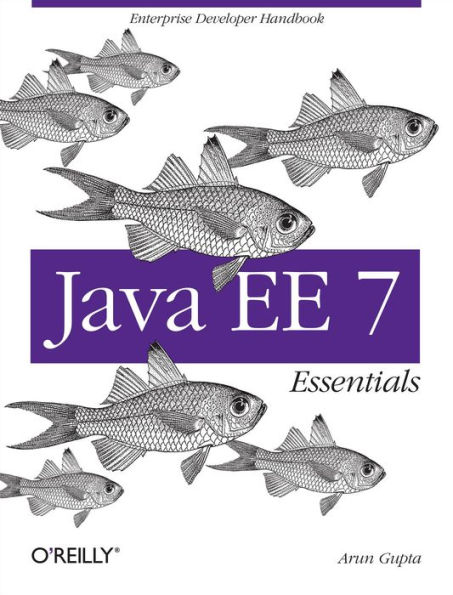

eBook
Related collections and offers
Overview
Get up to speed on the principal technologies in the Java Platform, Enterprise Edition 7, and learn how the latest version embraces HTML5, focuses on higher productivity, and provides functionality to meet enterprise demands. Written by Arun Gupta, a key member of the Java EE team, this book provides a chapter-by-chapter survey of several Java EE 7 specifications, including WebSockets, Batch Processing, RESTful Web Services, and Java Message Service.
You’ll also get self-paced instructions for building an end-to-end application with many of the technologies described in the book, which will help you understand the design patterns vital to Java EE development.
- Understand the key components of the Java EE platform, with easy-to-understand explanations and extensive code samples
- Examine all the new components that have been added to Java EE 7 platform, such as WebSockets, JSON, Batch, and Concurrency
- Learn about RESTful Web Services, SOAP XML-based messaging protocol, and Java Message Service
- Explore Enterprise JavaBeans, Contexts and Dependency Injection, and the Java Persistence API
- Discover how different components were updated from Java EE 6 to Java EE 7

Product Details
| ISBN-13: | 9781449370602 |
|---|---|
| Publisher: | O'Reilly Media, Incorporated |
| Publication date: | 08/09/2013 |
| Sold by: | Barnes & Noble |
| Format: | eBook |
| Pages: | 362 |
| File size: | 3 MB |
About the Author
Arun Gupta is a Java evangelist working at Oracle. Arun has over 15 years of experience in the software industry working in the Java™ platform and several web-related technologies. In his current role, he works to create and foster the community around Java EE and GlassFish. He has been with the Java EE team since its inception and contributed to all releases. Arun has extensive world wide speaking experience on myriad of topics and loves to engage with the community, customers, partners, and Java User Groups everywhere to spread the goodness of Java.
He is a prolific blogger at http://blogs.oracle.com/arungupta with over 1300 blog entries and frequent visitors from all around the world with a cumulative page visits > 1.2 million. He is a passionate runner and always up for running in any part of the world. You can catch him at @arungupta.
